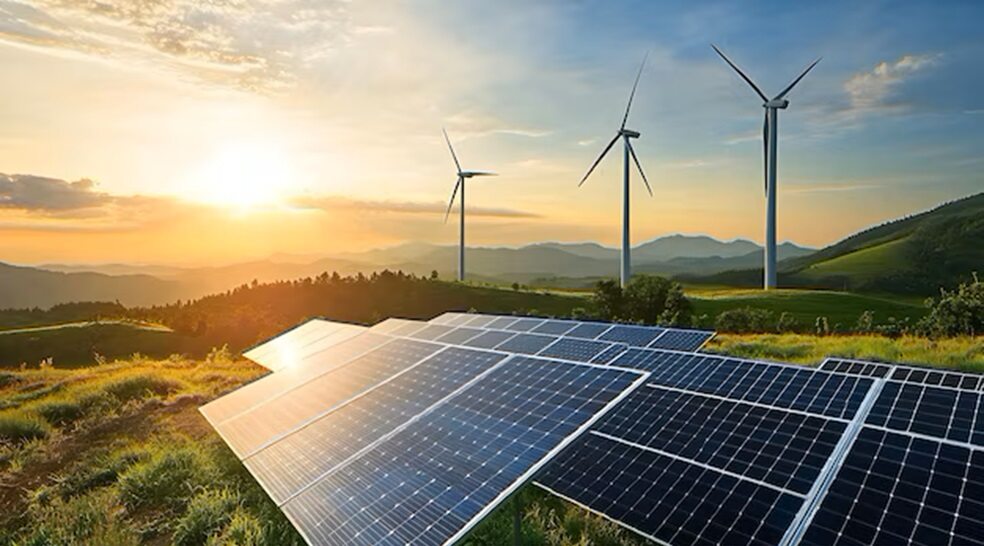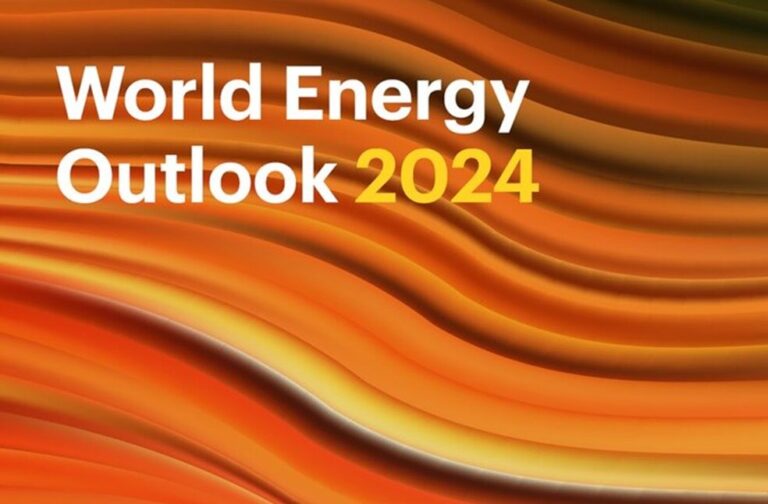London: The world stands on the cusp of a new electrical era as fossil fuel demand is projected to peak by the end of this decade. This will potentially redirect surplus oil and gas supplies into green energy investments, according to the International Energy Agency (IEA) in its annual report released on Wednesday.
IEA Executive Director Fatih Birol highlighted a significant level of uncertainty stemming from geopolitical tensions, particularly in oil and gas-producing regions such as the Middle East and Russia. Additionally, the 2024 elections in countries that account for half of global energy demand may further complicate the landscape.
“In the second half of this decade, the possibility of increased or even surplus supplies of oil and natural gas, depending on geopolitical developments, could usher in a fundamentally different energy paradigm,” Birol stated.
The expected surplus in fossil fuel supplies could result in lower prices, enabling nations to allocate more resources toward clean energy initiatives and transition into what Birol described as an “age of electricity.” However, the ongoing conflicts in the Middle East pose a risk of reduced oil flows, which could strain supply chains.
World Energy Outlook 2024 is out now! 🚨
It shows geopolitical tensions are highlighting key fragilities in today’s global energy system
This is reinforcing the need for a faster expansion of clean energy worldwide
Read more in #WEO24 👇 https://t.co/GIzXNDl0m3
— International Energy Agency (@IEA) October 16, 2024
The IEA’s report demands the urgent need for investment in clean energy technologies to accelerate the transition towards cleaner and more secure energy systems. In 2023, a record high of over 560 gigawatts (GW) of renewable energy capacity was added globally, with expectations for around $2 trillion in clean energy investments in 2024- almost double the spending on fossil fuels.
According to the IEA’s projections based on current government policies, global oil demand is set to peak before 2030 at just under 102 million barrels per day (mb/d), subsequently declining to 99 mb/d by 2035. This decline is largely attributed to reduced demand from the transport sector as electric vehicle adoption rises.
The report also examines the potential impact of stricter environmental policies on future oil prices. Under the IEA’s current policies scenario, oil prices are projected to fall to $75 per barrel by 2050, down from $82 per barrel in 2023. Conversely, should governments align with net-zero emission targets, oil prices could plunge to $25 per barrel by 2050.

While the report anticipates an increase in demand for liquefied natural gas (LNG) of 145 billion cubic meters (bcm) between 2023 and 2030, it notes that this demand will be outpaced by an increase in export capacity of approximately 270 bcm during the same timeframe.
“The surplus in LNG capacity is expected to create a highly competitive market until this overhang is absorbed, with prices in key importing regions averaging between $6.50 and $8.00 per million British thermal units (mmBtu) through 2035,” the report indicated. In comparison, Asian LNG prices, a benchmark for international markets, are currently hovering around $13 mmBtu.



